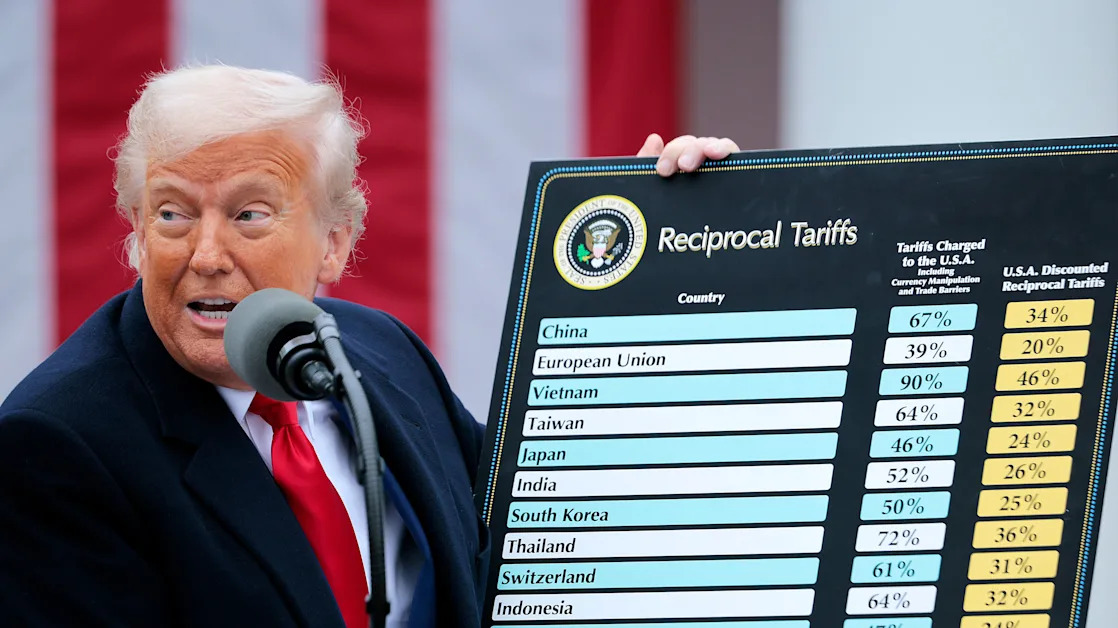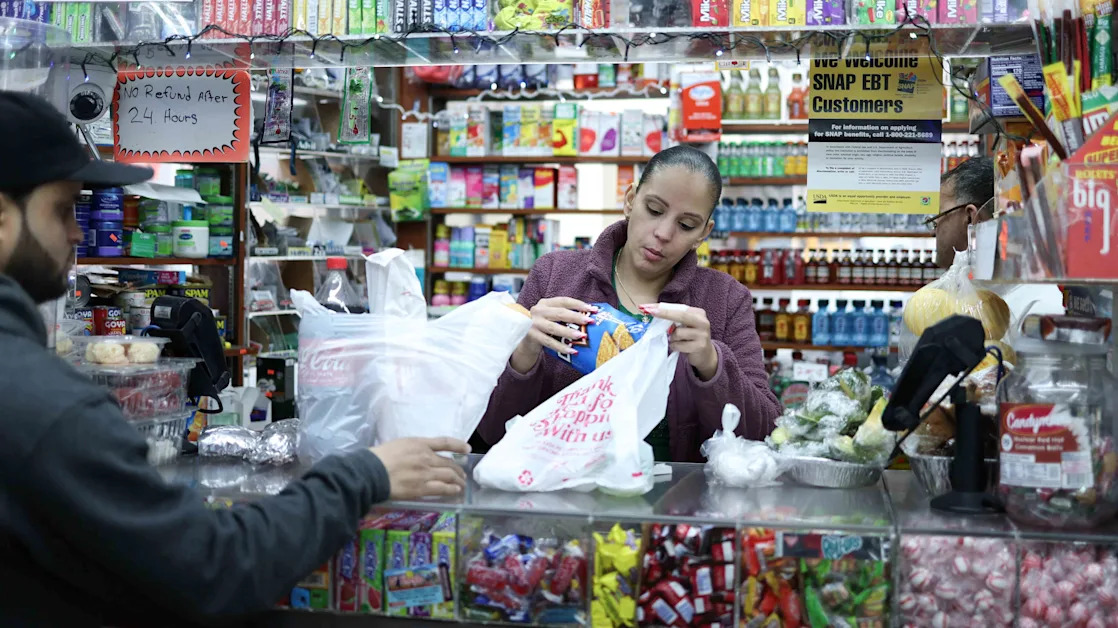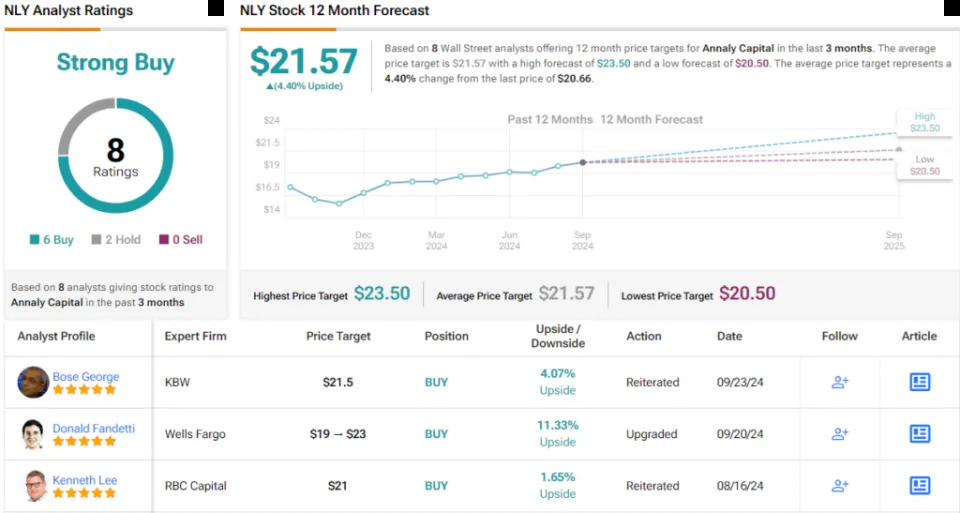There's no denying that the past six weeks have been brutal for high-risk, high-upside cryptocurrencies. Given the crypto "flash crash" in early August, many of them are now down anywhere from 30% to 50% for the year.
The key, of course, is identifying which of these cryptocurrencies have been unfairly knocked down in price. In theory, some of them should be trading at attractive valuations right now. And that's why I'm recommending Chainlink (CRYPTO: LINK) as a significantly undervalued cryptocurrency.
What went wrong with Chainlink?
On the surface, the situation looks dreadful for Chainlink . The crypto is down 30% for the year. Things were looking up in July when Chainlink hit a price of $15. But then the bottom dropped out in August, with Chainlink plummeting to just $9.
In part, that helps to explain why Chainlink is trading 80% below an all-time high of $52 from May 2021. However, you can't lay all the blame at the feet of the August "flash crash." Something seems to be fundamentally wrong with Chainlink, which hasn't been able to gain traction with investors for more than two years, despite being the pre-eminent data oracle blockchain network in the world.
This is probably the result of the overall backlash against decentralized finance (DeFi) that has occurred ever since the crypto market crash of 2022. Many of the biggest "blow-ups" of the crash -- such as the spectacular collapse of the cryptocurrency exchange FTX and the implosion of the Terra stablecoin -- were the result of decentralized finance gone wrong.
Chainlink's core functionality, which is based on providing real-world data to smart contracts, means it has always been susceptible to the ups and downs of DeFi, given that smart contracts are the building blocks of decentralized finance. Other big-name DeFi players are also down big over the past three years. For example, Uniswap (CRYPTO: UNI) is down 85% from an all-time high in 2021.
Chainlink needs a new investment thesis. If it can provide one, then it could start to gain traction once again with crypto investors.
The asset tokenization trend
And that's where a major financial trend known as real-world asset tokenization (often abbreviated as RWA) comes into the picture. Simply stated, asset tokenization involves the migration of traditional financial assets (such as stocks and bonds) to the blockchain. Asset tokenization has the potential to introduce several operational efficiencies and could provide a dramatic boost in liquidity for some relatively illiquid assets (such as real estate).
The Boston Consulting Group thinks real-world asset tokenization could be a $16 trillion market opportunity by 2030. Taking a more conservative view, McKinsey & Co. thinks it could be a $2 trillion market opportunity.
As a result, some top names on Wall Street are getting behind this trend. For example, BlackRock (NYSE: BLK) CEO Larry Fink thinks real-world asset tokenization could fundamentally transform the world of finance. In fact, he's even more bullish on asset tokenization than he is on crypto exchange-traded funds (ETFs).

The good news here is that Chainlink could play a significant role in the long-term growth of real-world asset tokenization. It has emerged as a thought leader in this space, and has created a new platform for transferring tokenized assets across multiple blockchains. Moreover, Chainlink has already partnered with a number of high-profile names in the financial world, including the Swift payment network and the Depository Trust and Clearing Corp. (DTCC), on proof-of-concept projects.
When you do a few back-of-the-envelope calculations, you can immediately see why Chainlink could be significantly undervalued. If we assume that Chainlink can capture just 1% of a $1 trillion market opportunity, that's $10 billion. Right now, Chainlink has a market cap of $6.5 billion, so there's a chance for it to soar in value by 250% if it can become even a minor player in this space.
Take the long view on Chainlink
Real-world asset tokenization is a financial trend that may take years, if not decades, to play out. But it's a near certainty that it will take place in some shape or form, given the support it has on Wall Street. Most likely, the trend will take off with financial products -- such as mutual funds and bonds -- that make the most sense for converting into digital tokens.
Just remember: Cryptocurrency remains a volatile and risky market, so it's important to do your due diligence, especially with a trend that is as new as asset tokenization. I like what I see with Chainlink, even if its recent market performance has been ugly. A few years from now, you might wish you'd bought this undervalued crypto.
Before you buy stock in Chainlink, consider this:





